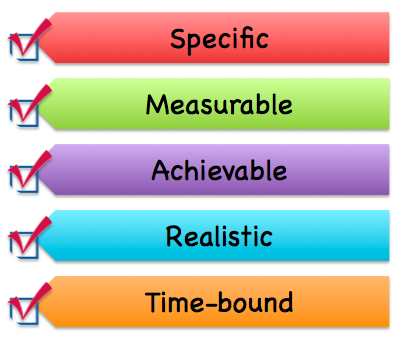
P: (08)9965 0697 F: (08)9964 7528
News
Pacing your Lifestyle Apr 14th, 2015
“Pacing and balancing tasks become skills that can assist with managing chronic pain”
 It is important to prioritise activities so that the most important tasks get done first. This way if you are unable to finish every task, then at least the most important tasks are done. Also, try to leave yourself plenty of time to complete each task. Pacing your lifestyle will provide you with an effective means of achieving your goal, provided you are realistic in choosing the priorities in your life.
It is important to prioritise activities so that the most important tasks get done first. This way if you are unable to finish every task, then at least the most important tasks are done. Also, try to leave yourself plenty of time to complete each task. Pacing your lifestyle will provide you with an effective means of achieving your goal, provided you are realistic in choosing the priorities in your life.Performing one major task in small steps each day can lead to feelings of achievement and build your coping strategies. This will take time and patience. Try not to compare yourself to what you used to be able to achieve before the onset of chronic pain, this may not be realistic initially.
Following a routine of less pleasurable activities/chores followed by enjoyable activities can also assist in the pacing process, rewarding yourself for your achievements.
WHAT TO AVOID
Chronic pain commonly leads to ‘Good days and Bad days’. It is important not to use good days for going hard at physical activity – as you will surely feel those bad days and need some time to rest and recover.
An increase in muscle pain is to be expected as you are using muscles and joints in new ways, known as Exercise Induced Muscle Soreness (EIMS).
Boom – Bust Approach is when a person does too much all at once, crashes, rests, starts to feel better and does too much once again. If activities or exercises are not spread out, a boom-bust cycle will occur. At times this may be inevitable; however when Boom-Bust approaches become habitual it can result in exhaustion, sleep disturbances, insomnia, appetite and weight changes, or mood swings. You should learn to recognise contributors such as fear avoidance, attitudes and beliefs.
Watch out for Boom-Bust signs as they can significantly increase pain levels, such as:
a) being highly motivated to achieve your goal that you significantly increase pain levels
b) being apprehensive about what may happen if things don’t get done
c) having a high number of commitments or responsibilities to meet
10 TIPS FOR SUCCESSFUL PACING

- Be consistent. Be persistent. Be patient with yourself.
- Choose something you enjoy
- Have a realistic timeframe, gradually making the activity harder and changing the environment (from walking on level ground to walking uphill or on the beach)
- Pace your activities, even on bad days (avoid good day, bad day behaviour)
- Have rest periods
- Listen to your Body: The body sends us signs and signals when it is being overworked, so it is important to balance rest and activity
- Stick to your designated time limit: use a timer and be disciplined in starting and stopping activities
- Use a diary to record your progress so you can pace accordingly and measure your achievements
- Avoid too large of an increase in activity to avoid a ‘Boom-Bust’ approach to exercise
- To improve your pacing, undertake a little more each week, gradually building up physical activity over time. It is important to set SMART goals to pace yourself so that these realistic goals can be met
Rhianne Turner Physiotherapist


